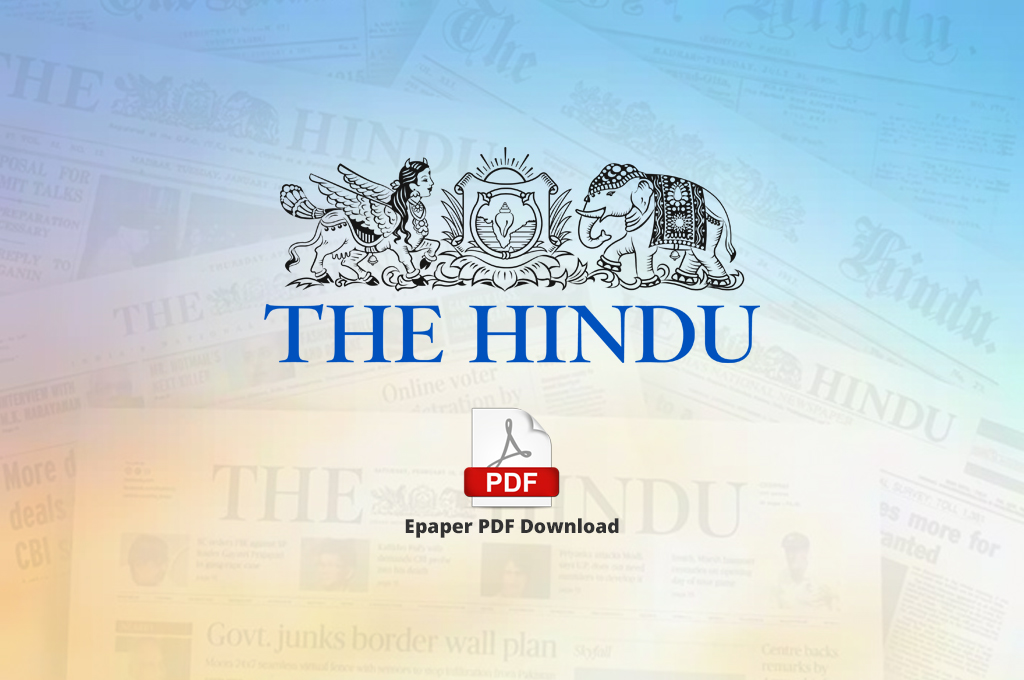
According to PT Raju 2 it has such varied and diverse meanings as " Dharma, law, nature, rule, ideal, norm, quality, entity, truth, element, category ". It refers to both the religious and moral duties. It stands for nature, intrinsic quality, civil and moral law, justice, virtue, merit, duty and morality ". So much so that KV Ramaswami Iyengar upholds that " Dharma is used in so many senses that it eludes definition. To this list I will add svadharma and apad dharma. These are: varna dharma, asrama dharma, naimittika dharma, guna dharma, sadharna dharma. Dharma, according to PV Kane 1 is of five types. The Goodness/wickedness, morality/immorality, righteousness/unrighteousness, of an empirical action is ascertained by determining its inherent dharmic content that is whether it is in accordance with the dharma or not.

If they do so, they become debauchery, and therefore not worth pursuing. Artha and Kama are recognised as purusarthas – goal of human life if and only if they do not violate the principles of dharma. By dharma-artha is meant the wealth earned through the righteous ways and the term dharma-kama means pleasures obtained or desires fulfilled in a legitimate socially acceptable manner. That is why we can use the terms dharma-artha, and dharma-kama. On the other hand, artha and kama are empirical values, that is, they are means to an end. As a regulatory principle dharma has an intrinsic value that is an end in itself. As a regulatory principle dharma is akin to the Vedic concept of rta (cosmic order). Dharma connotes both social and moral order.

(liberation), Dharma occupies the primary place.

Irrespective of whether purusartha-human values or purpose of life is composed of three (trivarga) viz., Dharma (righteousness, regulatory principle), Artha (wealth), Kama (desires and pleasures) or four (chaturvarga) elements viz., Dhama, Artha, Kama and Moksa. – Swami Vivekananda Dharma is regarded as the highest virtue in Indian polity and thought.


 0 kommentar(er)
0 kommentar(er)
